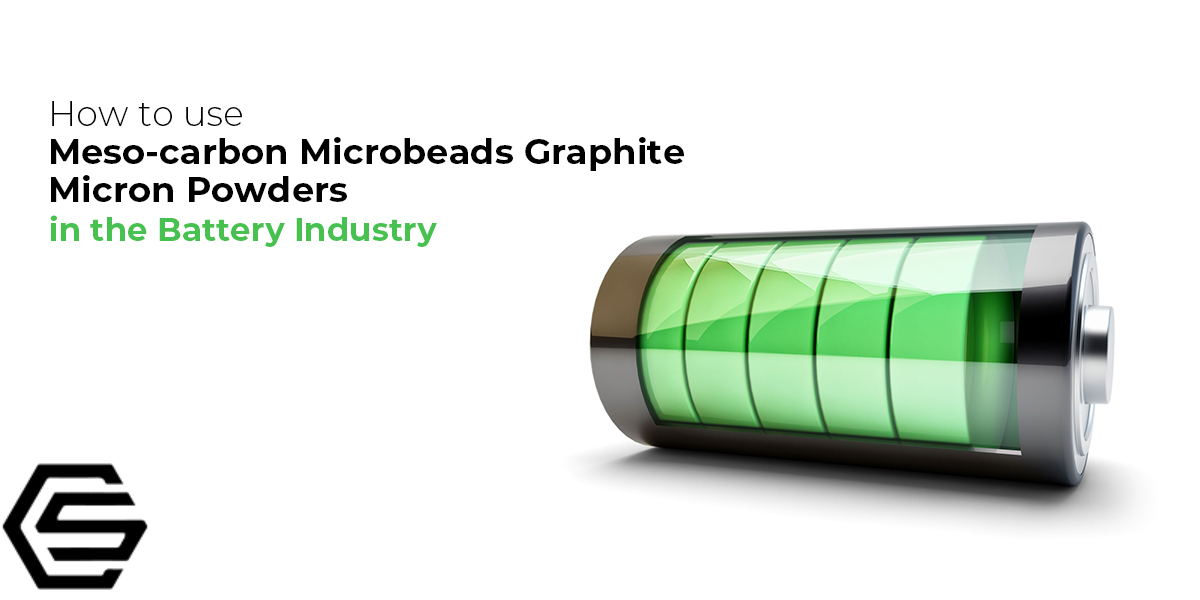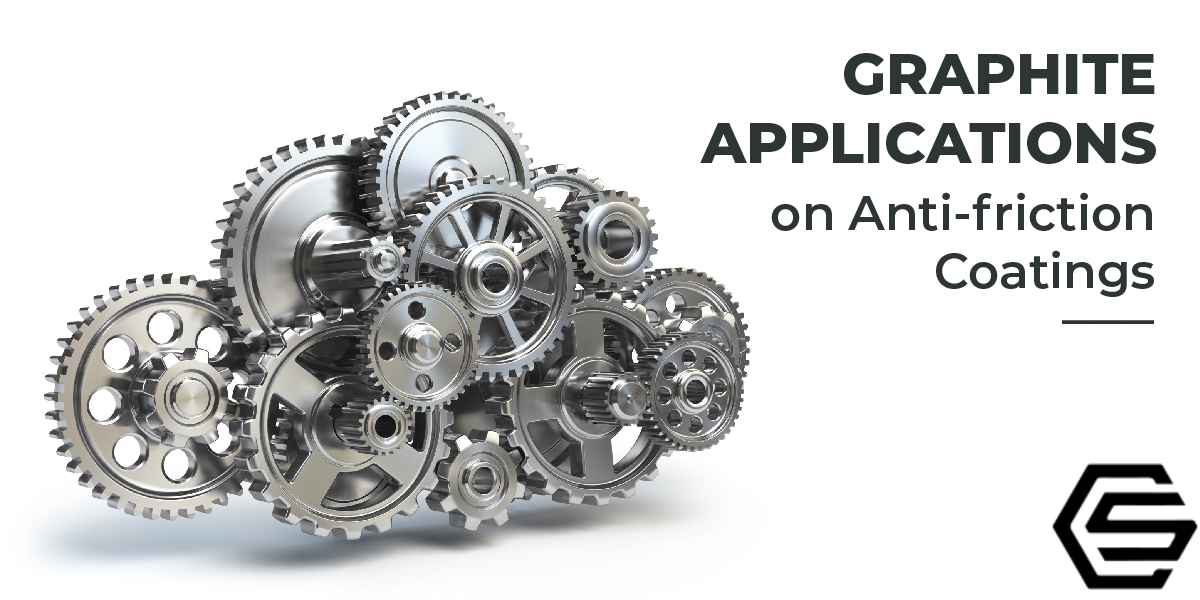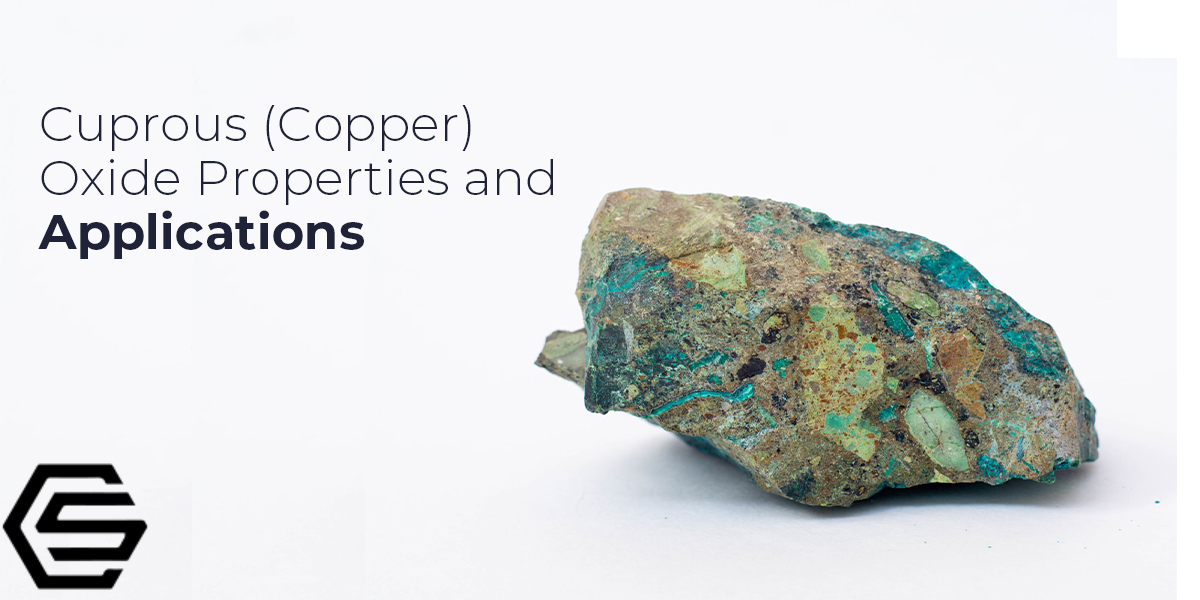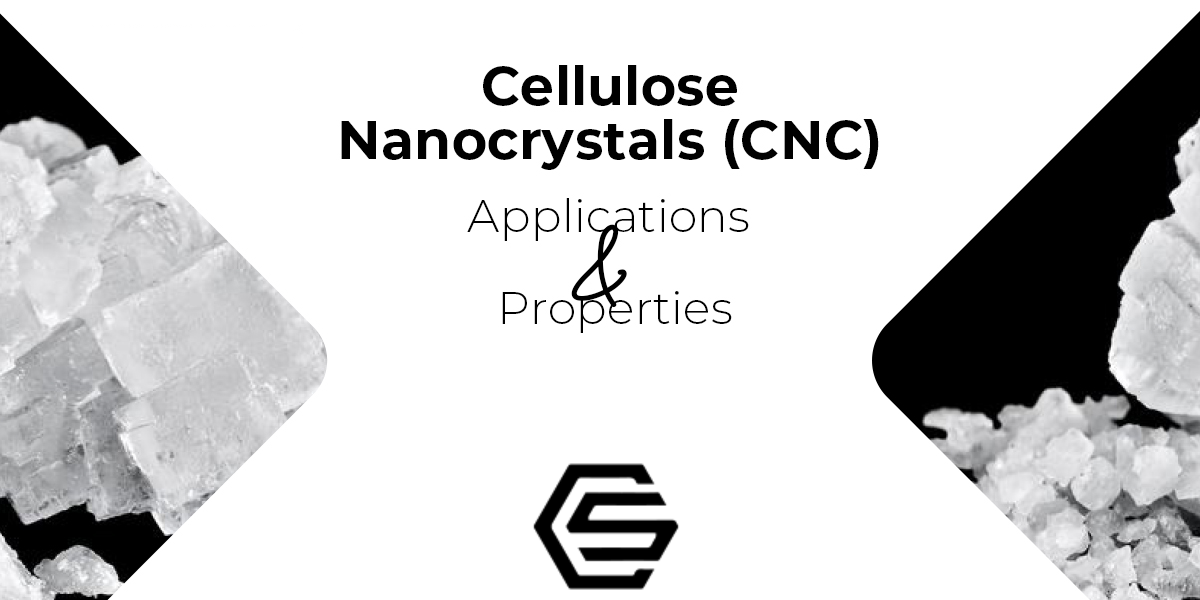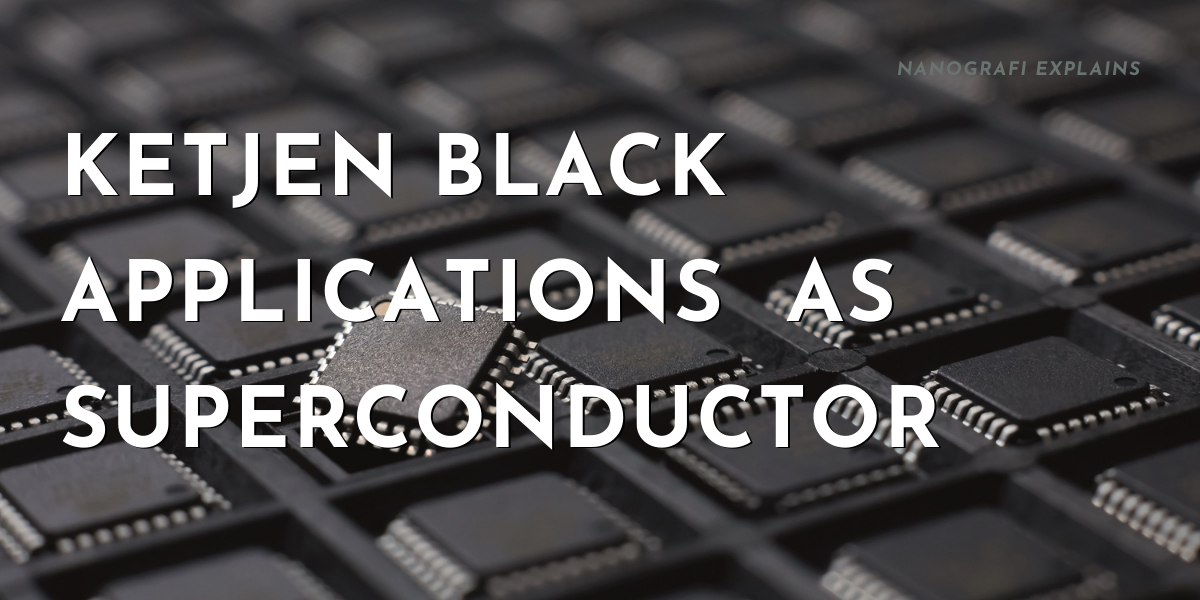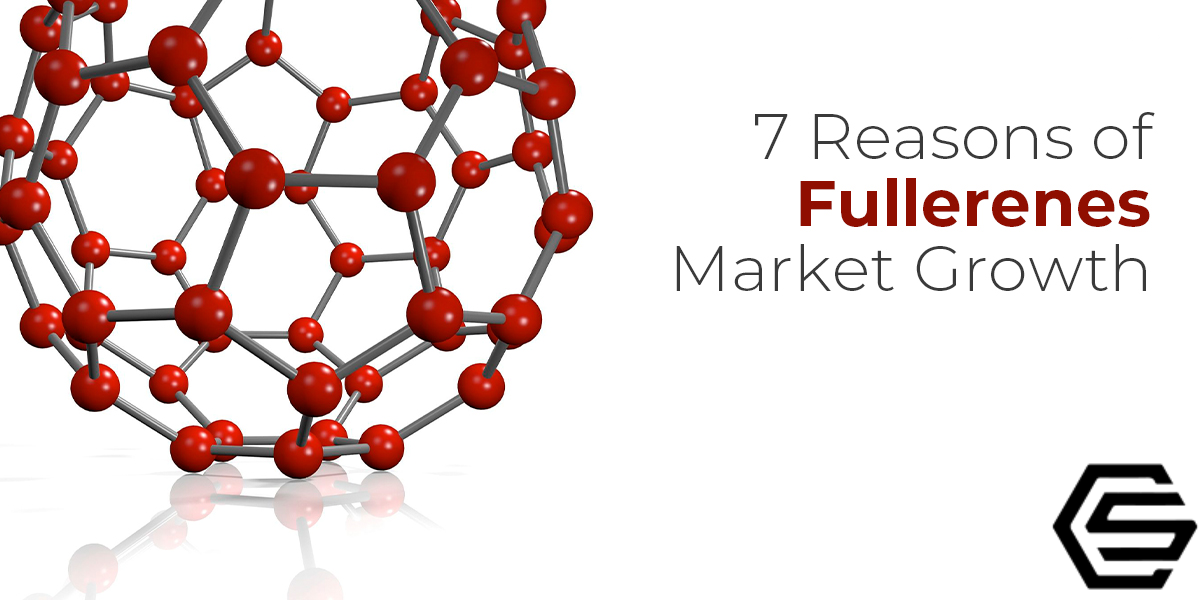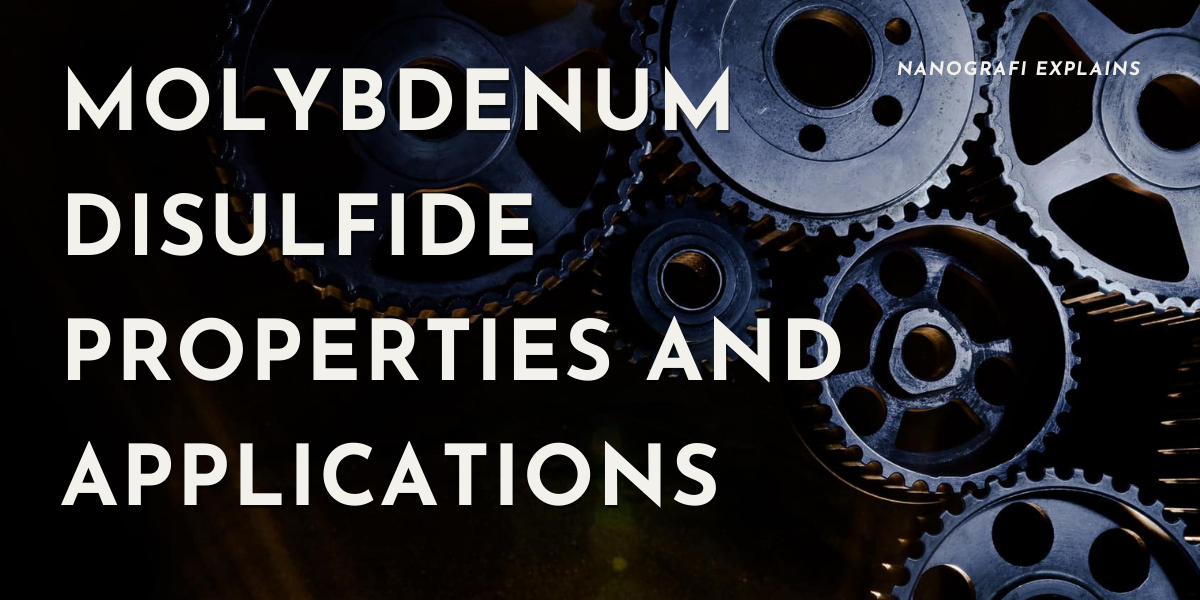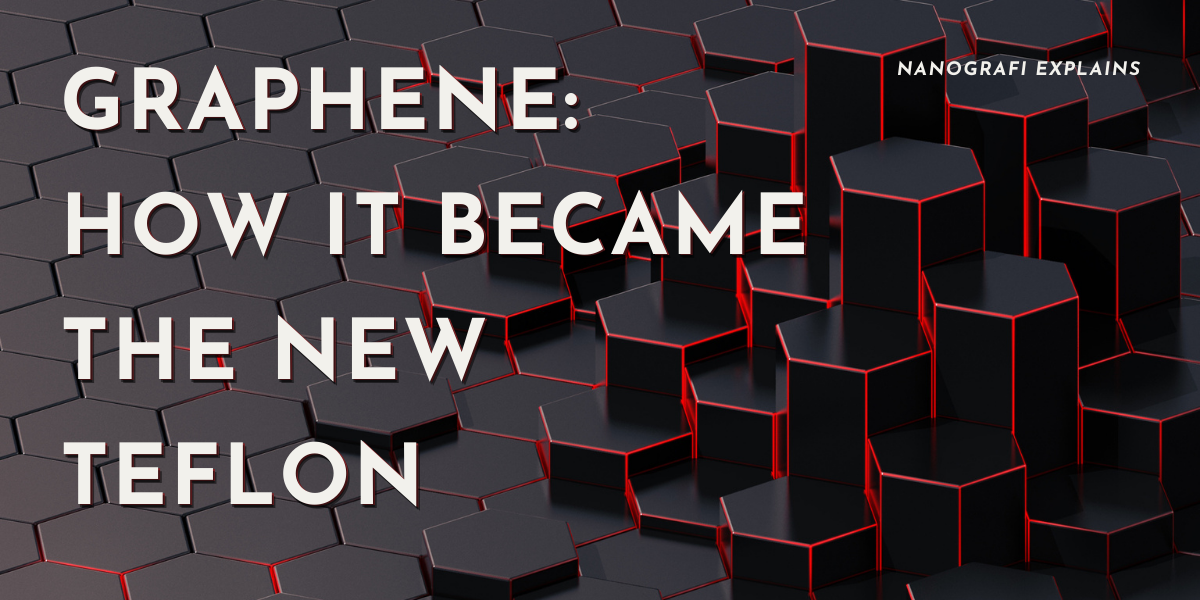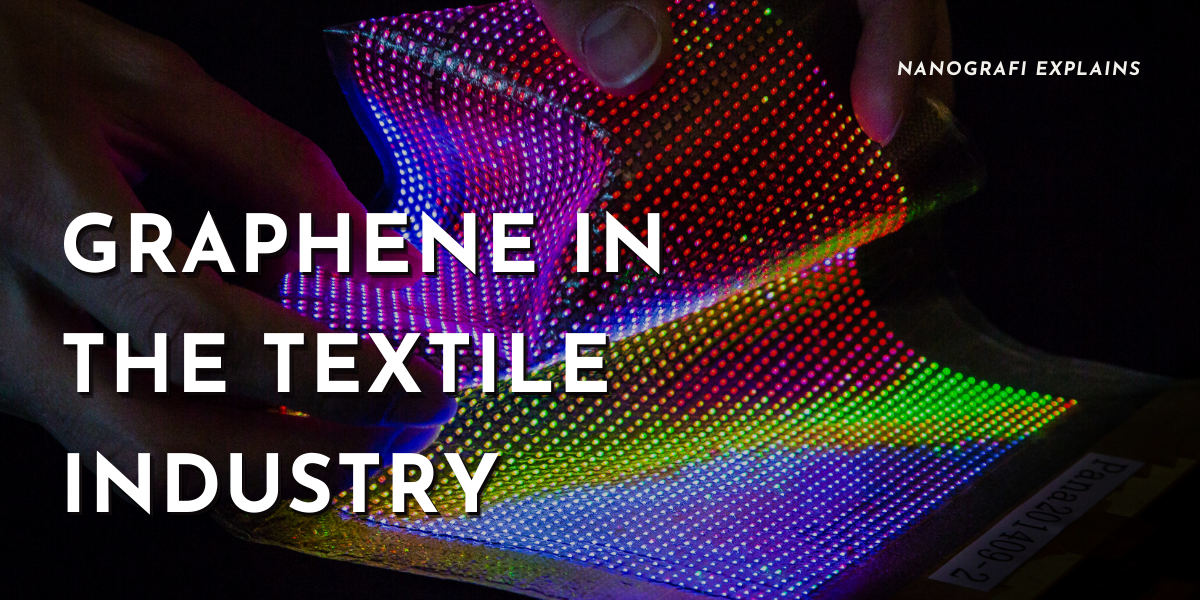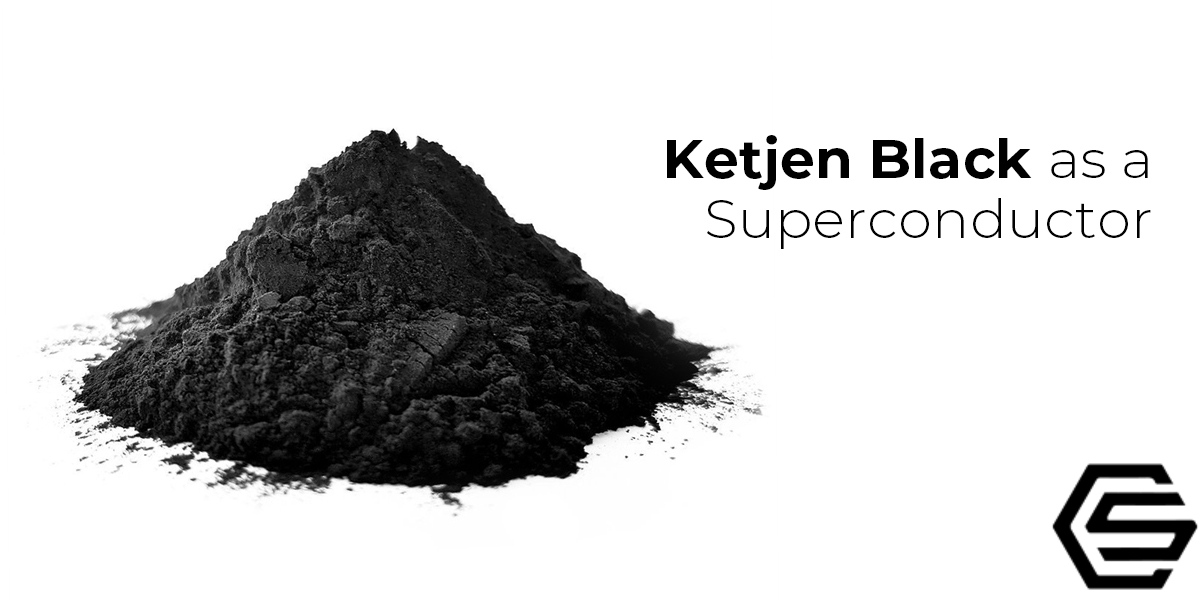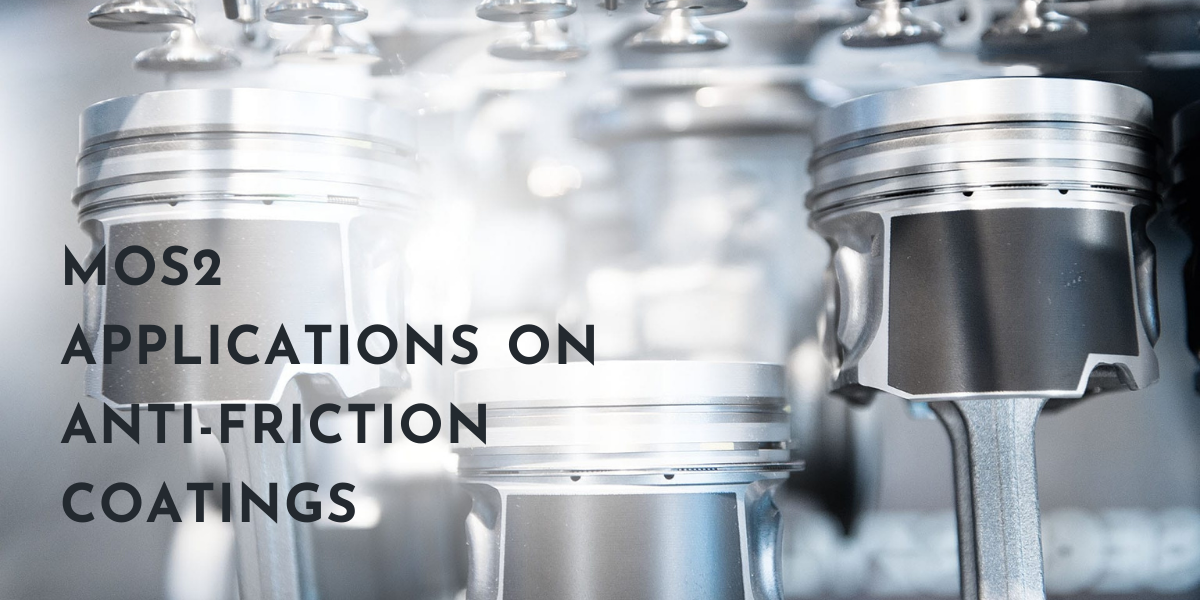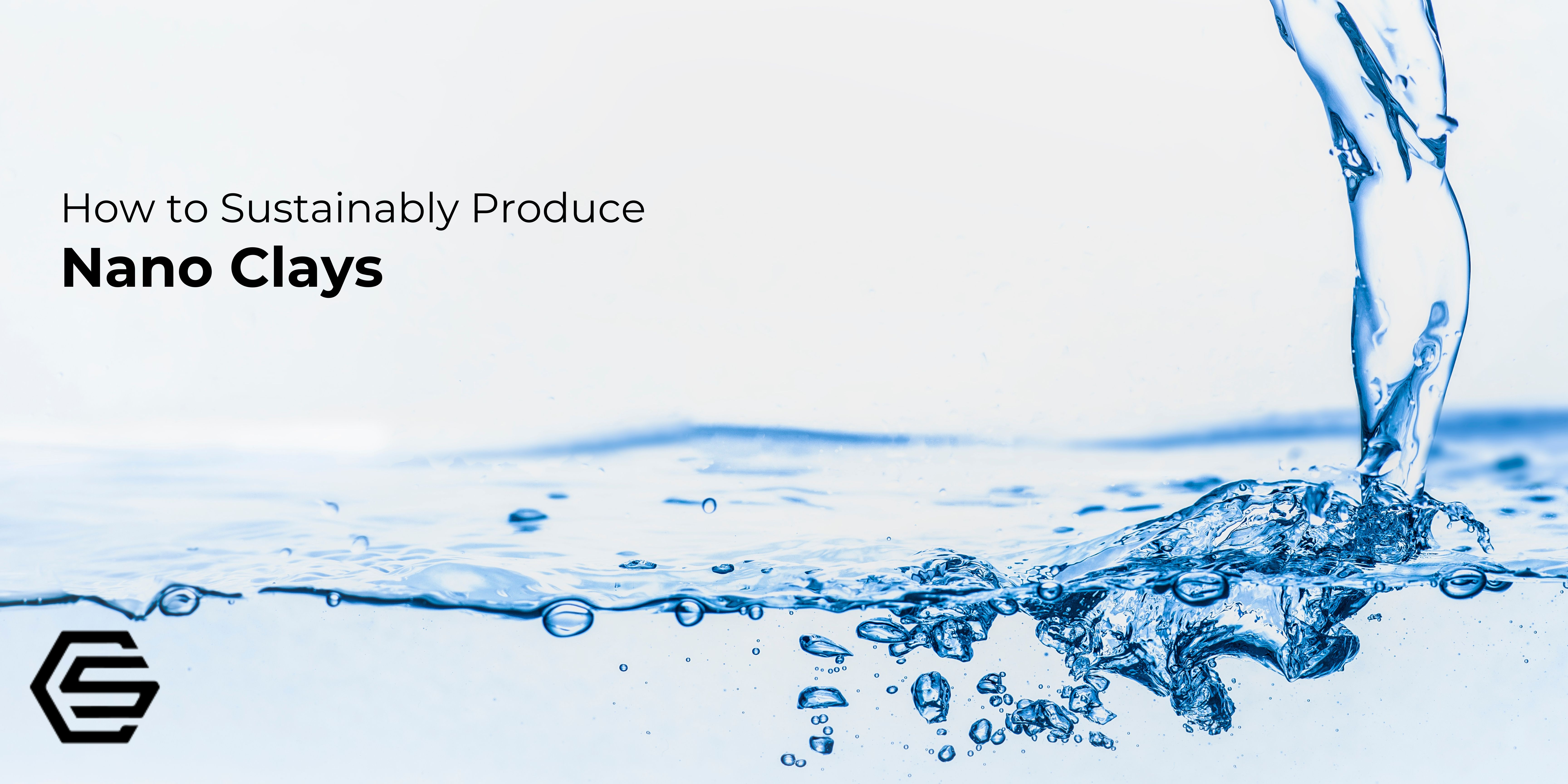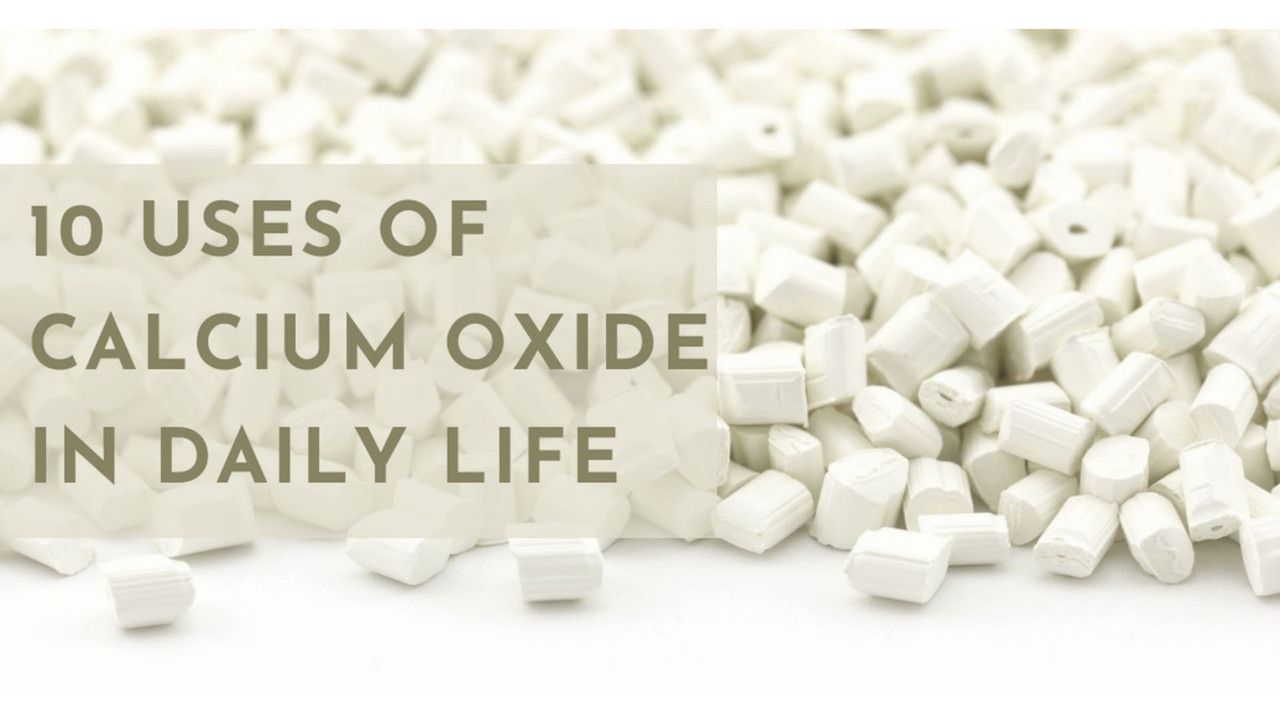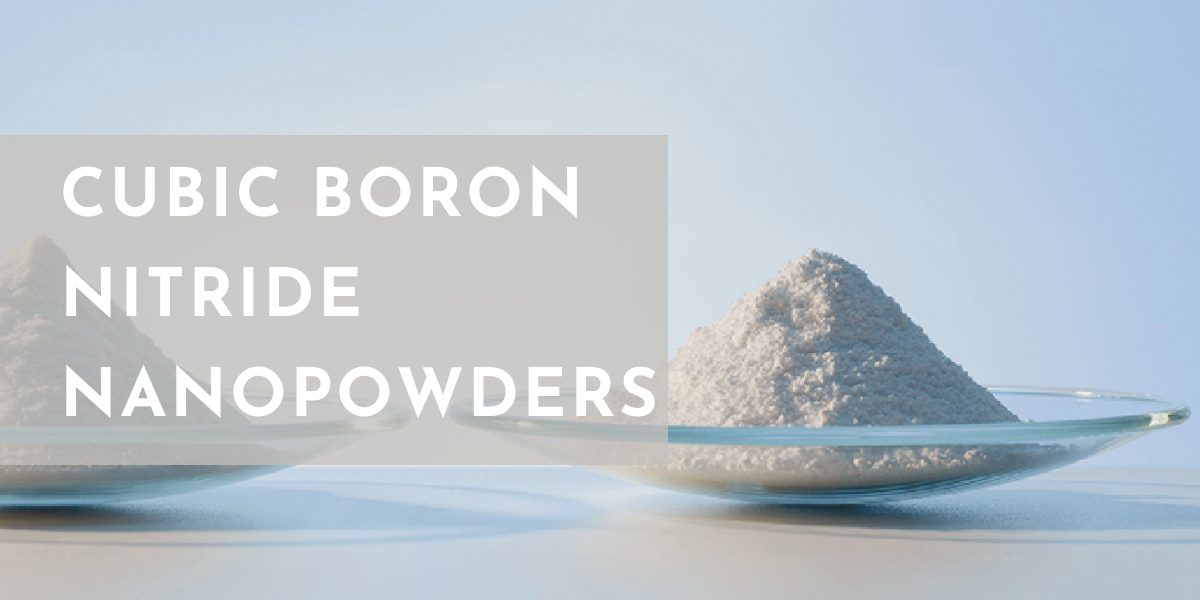Mesocarbon microbeads are the particles of graphite that are either present or instilled in the lithium-ion batteries so that the anodes of these batteries can be made functional. Their specific surface area is approximately equal to 2022 m2/g whereas their bulk density is almost equal to 1.324 g/cm3. They are excessively being used in the lithium-ion batteries and the battery industry as a whole.
Their properties are quite vast too that is why the usage of these MCMBs is exceeding for quite some time now. A brief explanation of how these mesocarbon microbeads are being used is given in this article as it undoubtedly holds a great deal of importance in the battery industry.
Introduction
Mesocarbon microbeads (MCMBs) are the remarkable precursor of the lithium-ion battery anode materials because of their unique microstructure, homogeneous shrinkage, excellent sphericity, and uniform size. Typically, mesocarbon microbeads are made from coal tar pitch (CTP) with few additives. There is a variation in the MCMBs microstructure of different additives. The electrochemical performance of MCMB is greatly influenced by the MCMBs’ microstructure.
The MCMBs microstructure is measured to be the global type or Brooks-Taylor type with the poly-aromatic molecules almost parallel to each other and perpendicular to the sphere’s surface, which is appropriate for the desertion and insertion of lithium-ion. There are many studies on the influence of various additives, for instance, boron, carbon nanotubes, flake graphite, ferrocene, and carbon black.
Effects on the preparation
Different additives have different effects on the synthesis of MCMBs. The effects can be chemical or they can be physical too. Based on the physical effects, MCMBs formation, like its size and shape was physically affected as the additives didn’t react with polyaromatic hydrocarbons. Based on chemical effects, it was seen that the production of MCMBs is accelerated when the additives catalytically react with polyaromatic hydrocarbons. Although, because of chemical additive’s different characteristics, the chemical additives have different effect mechanisms on MCMBs formation. Indirect coal liquefaction process, one of the products is Direct coal liquefaction residue (DCLR), with characteristics of high aromatics, high sulfur, and high ash. A method should be necessarily provided for DCLR's high-value application if we want to enhance the economic advantages of direct coal liquefaction. Alike CTP, DCLR is also converted from coal. Thus, DCLR can be utilized for making high value-added carbon materials for instance MCMBs, carbon fibers, and carbon foam. Although, it was found by Chang in 2017 that making a large amount of MCMBs with uniform size by only DCR is difficult as the mesophase spheres can easily melt during the synthesis. Here, there are discussions on the preparation of MCMBs in DCLR's presence by CTP, and the DCLR's effects on MCMBs' characteristics and formation are also discussed.
Characterization
Sample analysis was done which is an elemental analysis and it was done by using the cube elemental analyzer known as the Vario Micro one. All the hydrogen-related spectra of nuclear magnetic resonance were being recorded on the Avance-300 NMR spectrometer by the usage of CDCl3 as a solvent. Another spectrum was saved on a spectrometry device known as the Nicolet Nexus 470 FTIR spectrometer. The full form of FTIR is Fourier transform infrared spectroscope. Other than that, the frequency is also recorded for every spectrum which is seen scattering and it was estimated to be 15 times. To carry out the same characteristics, KBr discs were built in the same way as they always are with all the dry mixtures which were having 1 mg of the sample and 100 mg of the KBr.
Morphologies of MCMBs and Graphitized MCMBs
It has been reported by various researchers that the sizes are not always uniform but upon the addition of DCLR-P, the MCMBs are enabled enough to have uniformity in their sizes. Due to the addition of DCLR-P at first, the size of MCMBs increases, and later on it decreases and becomes consistent with what the actual need is. This process is usually carried out to provide consistency to the particles and to create uniformity in their nature so that they can carry out their tasks as per the requirements without any hindrances or so. DCLR-P is a product that is used in the form of a nucleating agent to provide promotion for the assembling of MCMBs. While on the other hand it also plays a role in reducing the viscosity of the entire system as it possesses an aliphatic structure. Both these factors play a huge role in developing the MCMBs.
Properties of Mesocarbon Microbeads
There are certain properties of mesocarbon microbeads which make them unique in their functions that they perform. It includes homogenous size and that remarkable sphericity. Anyhow the product which is known as MCMBs10 was a rough product having a few tiny particles which usually play a role in making the units of MCMBs. Other than that they exhibit remarkable electrical performances which are possible because of the microtextural layers of carbon that are present in the graphitized MVMBs as they are parallel so it becomes easy for them to go along with each other. MCMBs are also rich in the characteristics of aromatic condensation which are helpful for various purposes too.
The performance of graphitized MCMBs10 as a negative electrode material for Li-ion batteries
Certain standards are gone through so that a better and proper analysis and report can be drawn out of it to conclude the efficacy of any product or so according to the national standard of China MCMBs were as well tested to check the way they perform as negative electrode material in the Lithium-ion batteries. After the results came out, it was concluded that the graphitized MCMBs have practically met all the requirements that are needed for the CMB-I after taking their sizes, density, specific surface area, and the initial efficiency of charge and discharge were taken into consideration. It is known by all that the graphitization degree can be calculated by the XRD analysis and along with it the Raman Spectra. Both of these are the authenticated ways in which this whole process can be carried out and on the other hand, the results too are completely reliable ones that is why these are considered as the standard methods.
In the light of XRD analysis
As mentioned above that the XRD analysis is the most reliable standard method then in the light of XRD analysis, it was reported that the extent of graphitized MCMB was about 56.44% which was slightly lower than the reference ranges. However, XRD analysis is a prolonged process and is not an easy one to carry out. A lot of hard work, struggle, determination, and efforts go into it so that a fruitful result can be achieved out of it. The bands which are centered at various distances and places go as per the requirement so that not even a single mistake is committed to achieving the desired outcomes. Other than the XRD analysis, Raman spectra are also carried out to reconfirm the results. Upon the tests, the low graphitization degree identifies that these are good in accordance because these are the desired results. So both these processes go hand in hand to make the process smoother and reliable in all the possible regards.
Lithium-ion Battery Research
In today's world, lithium-ion batteries are being used so excessively because they are fulfilling all the needs and requirements of a good battery as they are excellent in performing their tasks and functions. This lithium-ion battery research is working on how it can play a role in the development of electrode materials having high-performance characteristics all through enhancing the features keeping in mind the conventional features as well. For this purpose, a lot of research and efforts have been carried out so that an exact and appropriate analysis can be done in the regard and all these efforts have been put in so that the optimization of cathodes and anodes having high voltage and high capacity respectively can be processed so that the entire battery’s energy content can be increased to a level where it can work to its maximum capacity without causing any distortions or so.
Reaction with transition metal oxides
Certain metal oxides are known to be the transition metal oxides written as MxOy. When these metal oxides react with lithium to form LiO2 and along with it metallic M has the oxidation state of 0. This is carried out through the process of conversion. This whole process involves a lot of changes the major one includes the electron exchange process which enables the Li-conversion electrode to keep the excellent capacity intact regarding conventional graphite anodes. The best thing about these metal oxides is that they are cheap, very much safe and their compatibility with the environment is excellent. Therefore, it is easy to change them with the common graphite anodes as these metal oxides have better energy content.
Structural changes
There are a lot of changes that happen in the batteries and among those structural changes are extremely highlighted ones. These changes then lead towards electrode pulverization and other than that electric contact is lost, both of which are happening because of the prolonged cycling. The high irreversible capacity is shown by the electrodes which are working along with the conversion process range from 30 to 60% and this usually happening during the first cycle. Other than that there might be an incomplete de-conversion reaction process going on which enables the metal to have a lower valence regarding the initial compound which is responsible for enhancing the inefficiency of cycling. A remarkable feature known as the Columbic efficiency enhances after the initially started cycles and their stabilization process.
Issue of conversion anodes
According to the recent researches, an evident structural variation problem of the conversion of anodes has been found out and the possibility of ruling it out is by taking up the composite morphologies of the nanostructured particles which shall be relying on metal oxide materials which are active and possess buffer matrices, examples of which are carbon and all the metals that possess volume changes and give insurance about the electron transport process happening within the electrode. It has been suggested that the high-energy mechanical milling of the oxides shall be carried out by the carbon additives as it is of low cost and has versatility which are the key elements for the preparation of composite anodes. Though a lot of researches have been carried out in this regard there are still some areas that are lacking and need to be worked out. Therefore, more consideration in this regard has been happening so to make it better and effective in all the possible ways.
Full cells having conversion electrodes
Along with all the other things, certain problems are somehow related to the full cells that possess conversion electrodes which are characterized by the high capacity and a voltage window that is wide working in its range. However, these lithium cells have always shown remarkable behaviors but there were a few miss points including limited cycling stability and voltage profile retention. Therefore, to rule out these two a modified conversion anode was structured which included CuO and Fe2O3 in their compositions which enhanced the total working mechanics of these cells and batteries. The electrochemical properties were also expressed by these batteries in the form of stability of cycling, Coulombic efficiency, and the delivering capacity.
Applications of MCMB in Battery Industry
Li1.35Ni0.48Fe0.1Mn1.72O4 was chosen in combination with the CuO-Fe2O3-carbon composite for application in the full-cell. It was suggested that the most powerful approach for improving cycling performance is the metal substitution of high-voltage spinels. According to more research, Mn and Ni’s partial replacement by tri- and bi-valent ions, like Cr, Co, Al, Ru, Fe, affects the characteristics of an electrode in terms of the cation ordering degree, conduction mechanism, rate of charge transfer, metal-ion dissolution, and Mn3+ concentration. Also, modifications in surface and morphology may be induced by cation doping by affecting its long-term cyclability and the electrode reactivity towards the electrolyte. There are a lot of applications that are carried out by these mesocarbon microbeads graphite micron powders, a few of which are listed and explained below as they are excellent in all the functions that they perform.
MCMB from petroleum residua
Treated in heat under different conditions and derived from residua of petroleum, Mesocarbon microbeads (MCMB) were characterized by electron paramagnetic resonance (EPR), Fourier transforms infrared spectroscopy (FTIR), proton magnetic resonance (PMR), electron diffraction, and X-ray.
After heating, the presence of hydrogen’s two separate forms is retained to7508C under vacuum. Graphitization to 30008C results in graphite ribbon-like particles surrounding microbeads of a size of few microns. As the EPR observed, the crystalline graphite mono domains are semi-metallic or with a small bandgap. Even after heat treatment at 30008C, the localized paramagnetic defects are not eliminated in the microbeads. Such characteristics condition these material’s aptitude toward their usage in sodium and lithium electrochemical cells.
A reversible intercalation behavior is shown by the samples which are made at 7508C, while those samples that are made at 30008C evidence solvent decomposition lead to a non-reversible extended discharge plateau when utilizing the sodium perchlorate electrolyte that is dissolved in pure propylene carbonate.
MCMB in Lithium-ion Batteries
Lithium is a very important element of the periodic table and it has a very effective manner in the field of science and all the fields related to it. It is one of the most renowned and beneficial products of lithium and so are lithium-ion batteries. They are most certainly used for electronics of all sorts but most commonly for portable electronics. They come with great characteristics and properties and it is because of them that they are highly profitable in the market. For Lithium-Ion batteries, Mesocarbon Microbeads (MCMB) Graphite Micron Powder is one of the most efficient ways to utilize the li-ion batteries as it brings authenticity to the batteries and their working and functioning.
The relation with soft carbons
Right now, the concern is the usage of carbon-based intercalation compounds for lithium-ion cells’ negative electrode, expanding to various forms and allotropes of artificial and natural carbon. From their structural point of view, graphite-related carbons are capable of being classified into graphitized solid, turbostratic material, and unorganized carbon. There is a notable difference in the capacity for lithium intercalation into each of these forms. Depending on the facility of transforming into graphite, there is a classification of less organized forms into ‘hard’ and ‘soft’ carbons, and above 20008C into the graphitic carbon, while even when heat-treated at 28008C, the graphitization's characteristics signs are not shown by the latter.
Most of the cokes are considered as the soft carbons, mesocarbon microbeads (MCMB) are in that list of most cokes. Other than being the first commercial lithium-ion cell's part, the most broadly utilized form of soft graphitizable carbons is petroleum coke. In comparison with the usage of other graphitizable forms, the intercalation electrode's performance utilizing coke as an active material is mostly limited.
The promising behavior of MCMB
Promising behavior has been specifically displayed by the MCMB. The material has a low specific surface area and contains roughly spherical structures (microbeads) of a diameter of 1–40 mm. During the Lithium-ion cells charging and discharging processes, it has a high packing density which ignores the prolonged side reactions with the electrolyte. Due to all this, the observed capacity reaches 750 mAh/g value which is double the graphite's theoretical values (for LiC, 372 mAh/g). There have been reports on the evolution of the 6 electrochemical performance of MCMBs with thermal treatment’s temperature, and behavior, similar to other soft carbons: decrease in capacity from 7008C, the highest value, to ca. 20008C, a minimum value, followed by an advanced increase.Recently, lithium-ion batteries gained a lot of interest because of their remarkable characteristics, for instance, environment-friendly, long cycle lives, and high energy densities. For electronic products like computers, laptops, and cellphones, lithium-ion batteries are significant power sources.
To get more information about MCMB for Lithium-Ion Battery,
you can read our blog post here.
Carbon materials of Lithium-ion Batteries
Generally, carbon materials are used in lithium-ion batteries as anode materials due to their high energy density, the stability of the structure during cycling, and small surface change. Mesocarbon microbeads are one of the carbon materials that is utilized as an anode in lithium-ion batteries. One special type of carbonaceous material for lithium-ion batteries is Mesocarbon Microbeads (MCMB) Graphite Micron Powder. With 1-50 µm diameter, a spherical shape is generally carried by the mesocarbon microbeads and when the mesocarbon microbeads are utilized in lithium-ion batteries as anode materials, a 300-340mAh/g reversible capacity and remarkable stability are provided by it, making it a big benefit for applications in which high capacity is needed.
Advantages or Uses of Mesocarbon Microbeads
Another advantage of mesocarbon microbeads is that they can be in combination with silicon to have higher capacities and recharge-ability. It is a fact that among all the kinds of carbon anode materials, the best cyclability is possessed by the mesocarbon microbeads anode materials. When we combine mesocarbon microbeads with silicon to obtain an anode material, we can obtain Silicon - mesocarbon microbeads composite material with high capacity and satisfactory recharge-ability. So it is possible to extend the number of charging cycles of lithium-ion batteries by using silicon - mesocarbon microbeads composite anode material.
Conclusion
Mesocarbon microbeads are very useful and one of the most integral parts of a lithium-ion battery. They have been continuously in use because of the properties that they hold which are excellent in their terms and means. They have been highly applauded by all the researchers as well who have invested in these works. The potential use of MCMBs as expressed in this article can easily be seen and studied in lithium-ion batteries.
To get more information, you can visit Blografi.
References
https://link.springer.com/article/10.1007/s40789-019-00271-6
https://cutt.ly/iHBTAYA
http://citeseerx.ist.psu.edu/viewdoc/download?doi=10.1.1.955.2709&rep=rep1&type=pdf


